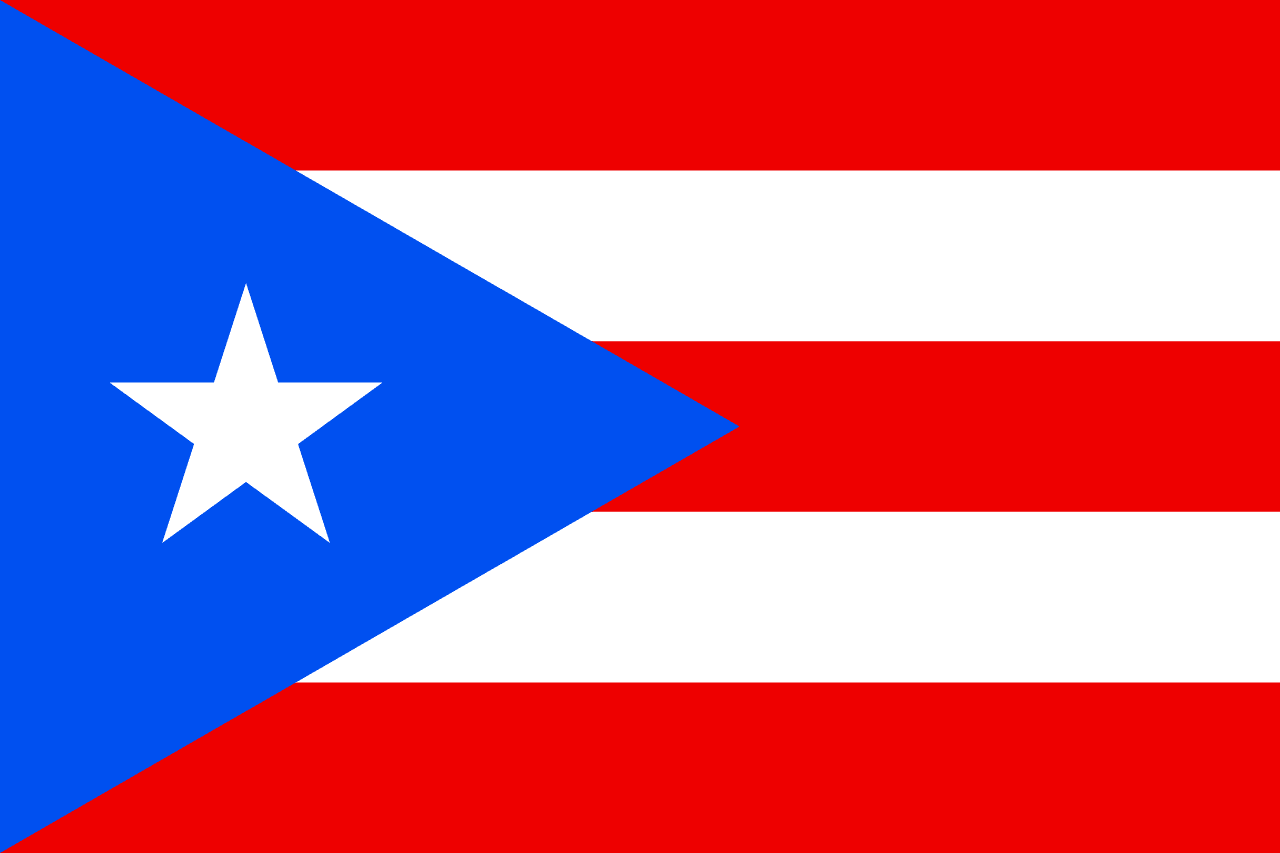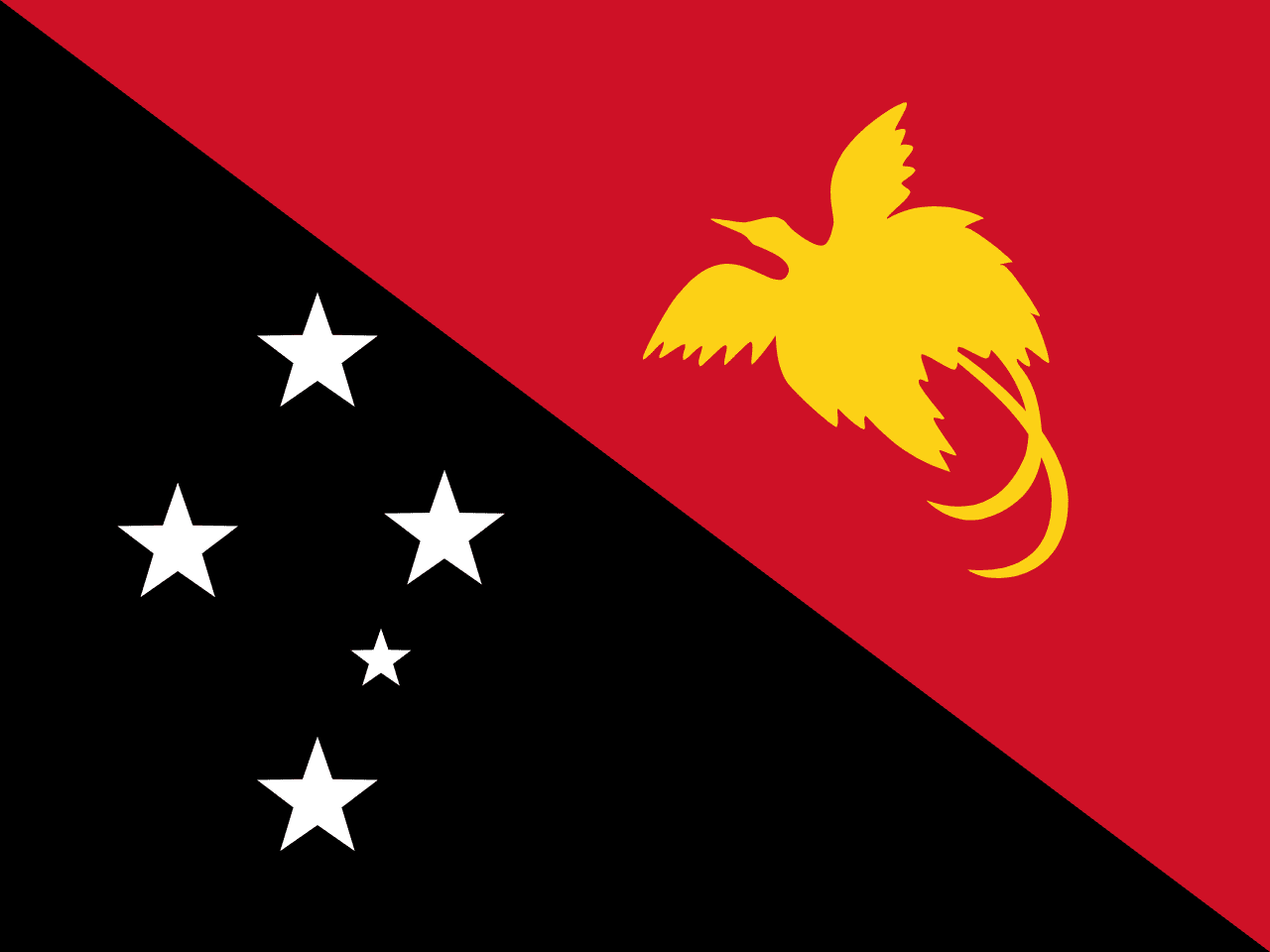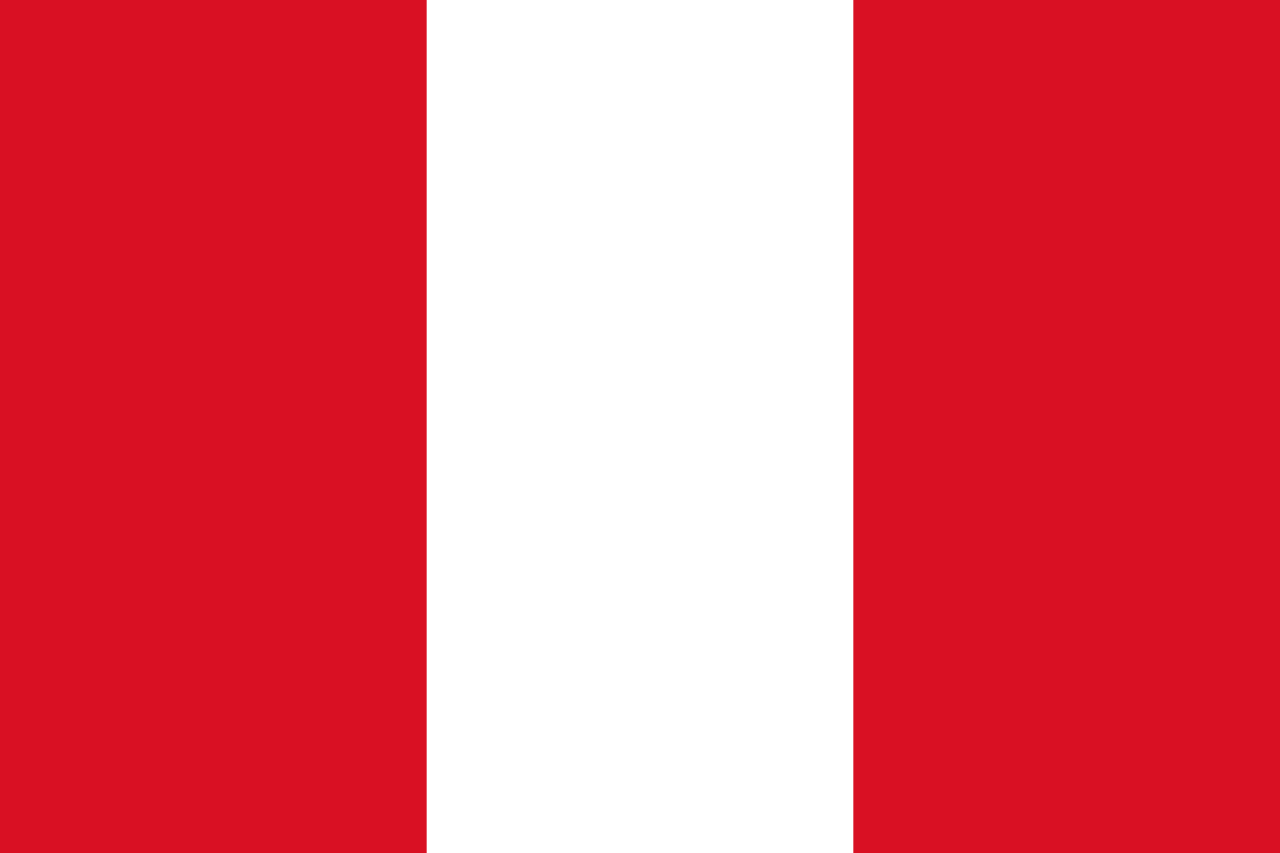The flag of the Philippines consists of two horizontal stripes of blue and red, with a white equilateral triangle on the hoist side containing a golden yellow sun with eight rays and three golden yellow stars. This iconic design encapsulates the nation's rich history, cultural values, and aspirations for the future.
Philippines information
| National Flag Day | May 28th |
| Sovereign state | Yes |
| Official name | Republic of the Philippines |
| Capital | Manila |
| Population | 109,991,095 |
| Area | 343,448 km² |
| Currency | Philippine peso (PHP) |
| Language | Filipino, English |
| Continent | Asia |
| Region | Southeast Asia |
| Subregion | MARSEA |
| Borders | (None) |
| Timezone | Philippine Standard Time (PST) UTC+8 |
| Calling code | +63 |
| Top-level domain | .ph |
History of the Philippine flag
 The Philippine flag was first unveiled on May 28, 1898, during the proclamation of Philippine independence from Spanish rule. It was officially adopted on June 12, 1898, when Philippine independence was formally declared. The flag was designed by Emilio Aguinaldo, the first President of the Philippines, while he was in exile in Hong Kong.
The Philippine flag was first unveiled on May 28, 1898, during the proclamation of Philippine independence from Spanish rule. It was officially adopted on June 12, 1898, when Philippine independence was formally declared. The flag was designed by Emilio Aguinaldo, the first President of the Philippines, while he was in exile in Hong Kong.
Throughout its history, the flag has undergone several modifications. During the American colonial period (1898-1946), its public display was prohibited. The flag was readopted upon independence from the United States in 1946. In 1998, the shade of blue was changed from navy to royal blue to reflect the original design intention.
Symbolism and design of the Philippine flag
Each element of the Philippine flag holds deep significance:
- The blue stripe represents peace, truth, and justice.
- The red stripe symbolizes patriotism and valor.
- The white equilateral triangle stands for equality and fraternity.
- The golden yellow sun represents unity, freedom, people's democracy, and sovereignty. Its eight rays commemorate the first eight provinces that revolted against Spanish colonial rule.
- The three golden yellow stars symbolize the three major geographical divisions of the Philippines: Luzon, Visayas, and Mindanao.
Interestingly, the Philippine flag is the only national flag in the world that is flown differently in times of peace and war. In peacetime, the blue stripe is on top; in wartime, the red stripe is displayed on top.
Evolution and specifications of the Philippine flag
The flag's design has remained largely consistent, but there have been some changes and specifications:
- The flag's proportion is 1:2, meaning its width is half its length.
- The exact shades of blue, red, and yellow are specified in the Flag and Heraldic Code of the Philippines.
- The sun's diameter is set at 4/5 the width of the white triangle.
- The stars are oriented with one point directed towards the vertex of the triangle.
Usage and significance of the Philippine flag
 The Philippine flag is a powerful symbol of national pride, unity, and independence. It is prominently displayed on government buildings, schools, and public institutions throughout the country. During national holidays, particularly Independence Day on June 12th and National Flag Day on May 28th, the flag takes center stage in celebrations across the Philippines.
The Philippine flag is a powerful symbol of national pride, unity, and independence. It is prominently displayed on government buildings, schools, and public institutions throughout the country. During national holidays, particularly Independence Day on June 12th and National Flag Day on May 28th, the flag takes center stage in celebrations across the Philippines.
In international contexts, the Philippine flag represents the nation at diplomatic events, United Nations gatherings, and global sporting competitions. It serves as a visual ambassador, instantly recognizable and respected worldwide, embodying the Philippines' sovereignty and cultural heritage.
Interesting facts about the Philippine flag
- The Philippine flag is the only national flag that is displayed differently in times of peace and war, making it a unique symbol of the country's readiness to defend its sovereignty.
- The flag's design was inspired by the flags of other nations fighting for independence, including Cuba and Puerto Rico.
- The original flag was sewn by Marcela Marino de Agoncillo, Lorenza Agoncillo, and Delfina Herbosa de Natividad in Hong Kong and is now displayed in the National Museum of the Philippines.
- The Flag and Heraldic Code of the Philippines provides detailed guidelines for the proper display, use, and disposal of the national flag.
- In 2009, the longest Philippine flag was unfurled in Ilagan, Isabela, measuring 5,499.33 meters long.
- The flag's design has influenced other flags in the region, including the flag of the East Timorese resistance movement.
- The Philippine flag is sometimes referred to as the "Three Stars and a Sun", which is also the title of a popular patriotic song.





